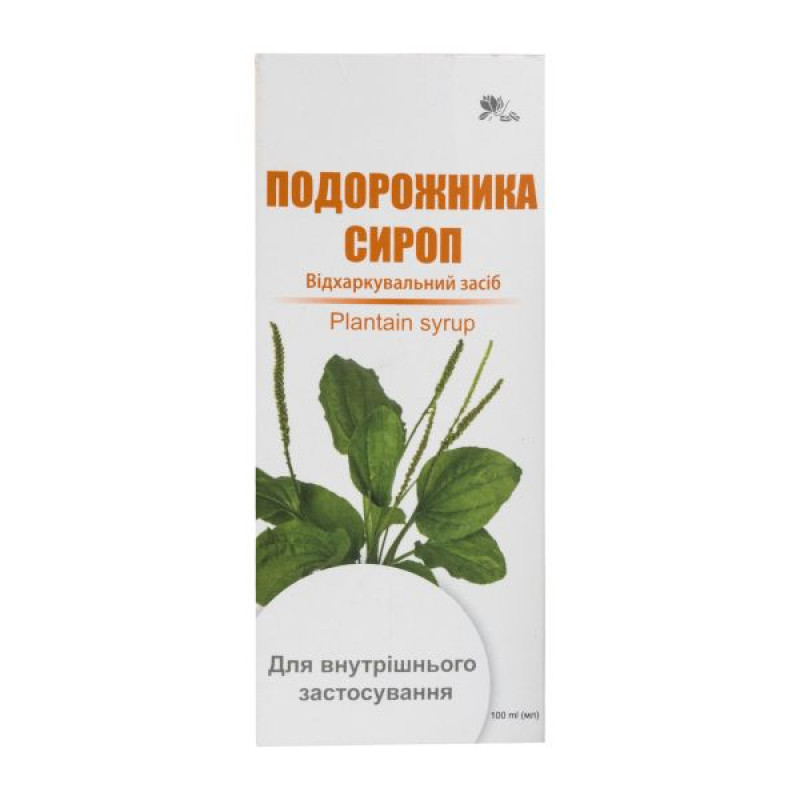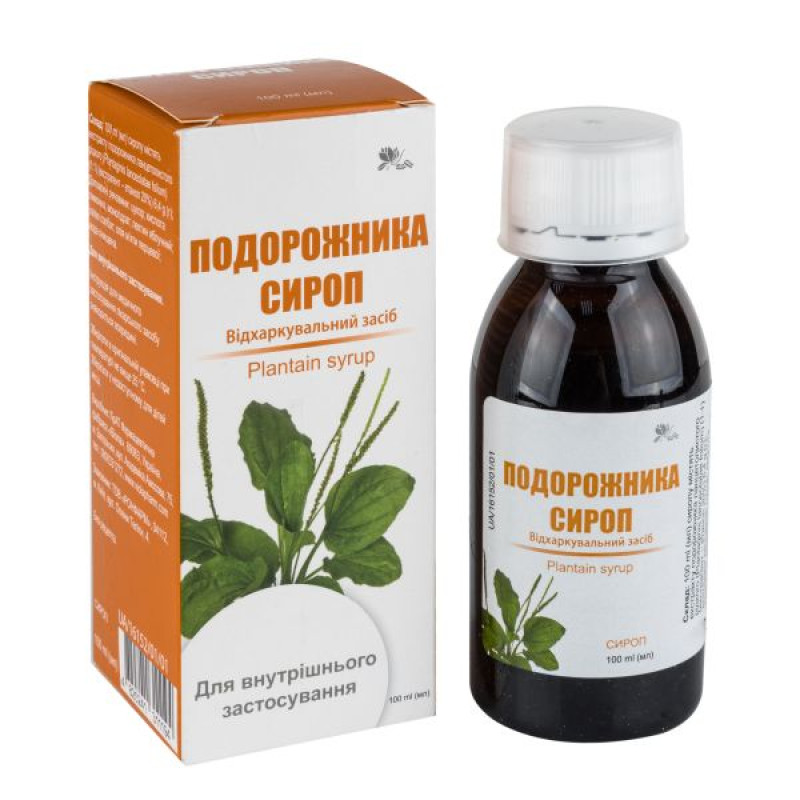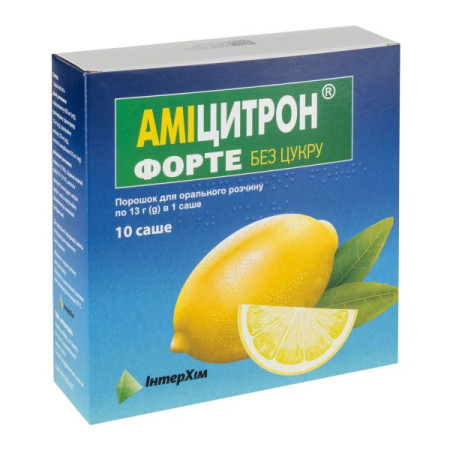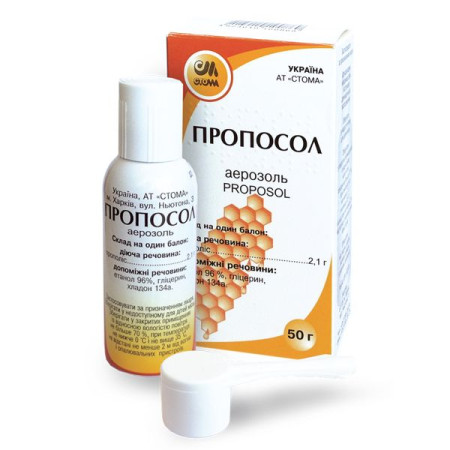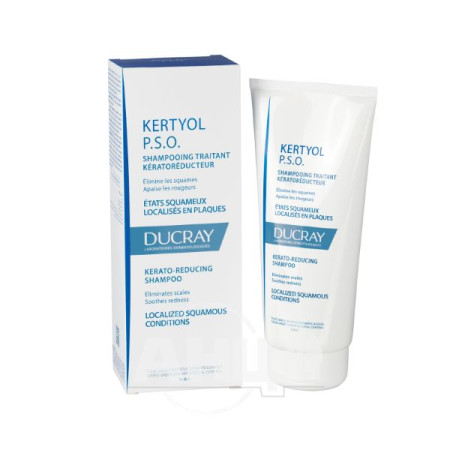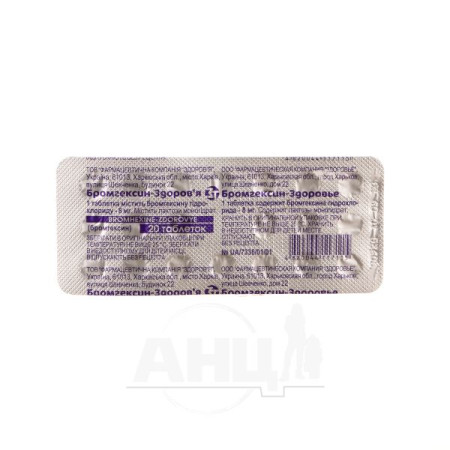Plantain syrup 100 ml
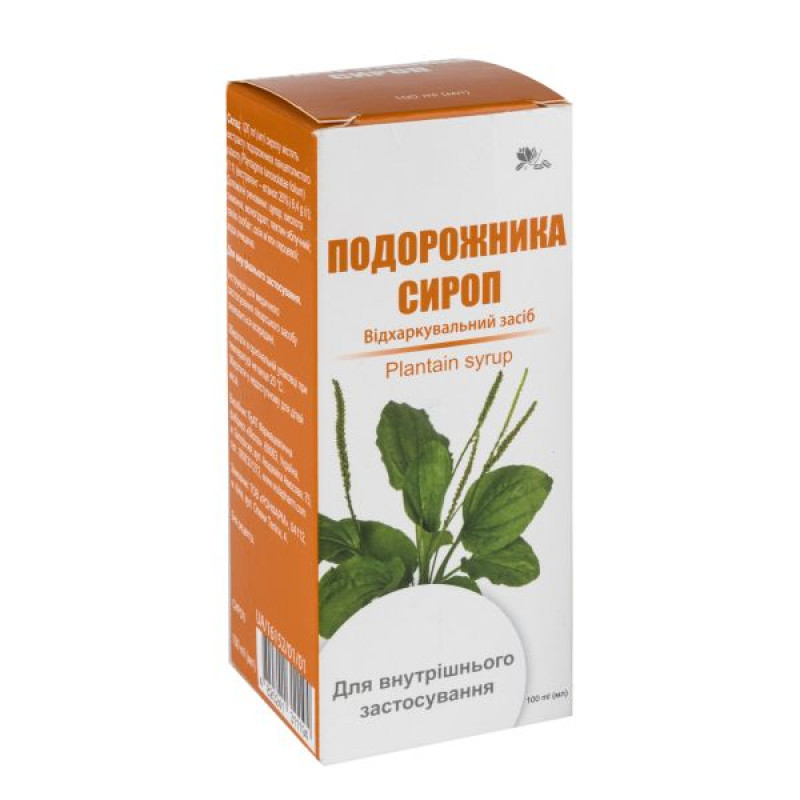
Instructions for Plantain syrup 100 ml
Composition
active ingredient: liquid plantain extract (Plantaginis lanceolatae folium) (1:1) (extractant – ethanol 20%);
100 ml of syrup contains 6.4 g of lanceolate plantain liquid extract (Plantaginis lanceolatae folium) (1:1) (extractant – 20% ethanol);
Excipients: sugar; citric acid, monohydrate; apple pectin; potassium sorbate; peppermint oil; purified water.
Dosage form
Syrup.
Main physicochemical properties: dark brown viscous liquid with a specific aromatic odor and sweet taste.
Pharmacotherapeutic group
Expectorants. ATX code R05C A.
Pharmacological properties
Pharmacodynamics.
The main active ingredients of plantain lanceolate are mucus, iridoid glycosides (aucubin, catapol), phenolcarboxylic acids (chlorogenic acid) and their glycosides (verbascoside), saponins, flavonoids, tannins. Thanks to these substances, plantain lanceolate has anti-inflammatory, secretolytic and antibacterial properties. It thins phlegm, promotes expectoration.
Pharmacokinetics.
Pharmacokinetic studies have not been conducted.
Indication
As part of complex therapy for infectious and inflammatory diseases of the respiratory tract.
Contraindication
Increased individual sensitivity to any of the components of the drug.
Due to the content of peppermint oil in the preparation, this medicine should not be used in children under 2 years of age.
Interaction with other medicinal products and other types of interactions
Do not use simultaneously with antitussive drugs, as this prevents the release of thinned sputum.
Application features
If shortness of breath, fever, or purulent sputum occurs while using this medicine, you should consult a doctor.
Plantain syrup contains a small amount of ethanol (alcohol), less than 100 mg/dose.
Plantain syrup contains sugar, so it should be used with caution in patients with diabetes.
Plantain syrup contains less than 1 mmol (39 mg)/dose of potassium, i.e. practically potassium-free.
Plantain syrup contains citric acid, so use the drug with caution in patients suffering from hyperacid gastritis, gastric ulcer with increased acidity, and reflux esophagitis.
Use during pregnancy or breastfeeding
Due to the lack of research data, this drug should not be taken during pregnancy or breastfeeding.
Ability to influence reaction speed when driving vehicles or other mechanisms
The drug does not have any effect on the ability to drive or operate other mechanisms.
Method of administration and doses
Take the drug every 2–3 hours with equal intervals between doses (5–7 times a day): children aged 2 to 6 years - 1/2 teaspoon (2.5 ml), children aged 6 to 12 years - 1 teaspoon (5 ml), adults and children aged 12 and over - 1 tablespoon (15 ml).
The duration of treatment is determined individually by the doctor, on average it is 5–7 days. If the patient's condition does not improve during the treatment period, it is necessary to consult a doctor.
Children.
Do not use in children under 2 years of age.
Overdose
In case of overdose, for example, accidental use of the entire contents of the bottle, gastrointestinal disorders may occur.
Adverse reactions
Allergic reactions (including hyperemia, rash, itching, skin swelling), heartburn, diarrhea.
If any adverse reactions occur, discontinue use of the drug and consult a doctor.
Expiration date
3 years.
The shelf life after opening the bottle is 3 months.
Storage conditions
Store in the original packaging at a temperature not exceeding 25 ºС.
Keep out of reach of children.
Packaging
100 ml or 200 ml in a glass or polymer bottle in a pack with or without a measuring cup.
Vacation category
Without a prescription.
Producer
PrJSC Pharmaceutical Factory "Viola".
Location of the manufacturer and its business address.
69063, Ukraine, Zaporizhia, Akademika Amosova St., 75.
There are no reviews for this product.
There are no reviews for this product, be the first to leave your review.
No questions about this product, be the first and ask your question.







